We recently launched Near Infrared (NIR) version of our flagship product e-CAM51_USB, with the growing enquiries from our customers looking for a NIR version of the same. The e-CAM51_USB_NIR has the e-CAM52_5640_MOD_NIR camera module which has the NIR filter removed.
So what is special about these NIR cameras? Well let’s look into what is Near infrared. NIR (a sub-division of Infrared) is the region closest in wavelength to the radiation detectable by the human eye. However these NIR radiations cannot be sensed by the human eye or any other cameras as well. Now, the cameras with NIR filter removed can sense the objects at Zero visible light and capture images with infrared light radiations of wavelengths roughly ranging from 850 nm to 1400 nm.
Find below the sample pictures taken using our e-CAM51_USB_NIR camera with Infrared light wavelength ranging at 850nm and e-CAM51_USB with natural light source. Obviously with e-CAM51_USB we were able to capture only darkness without light.
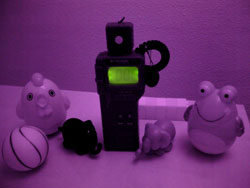 |
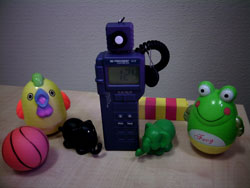 |
|
| Image captured at Zero Lux (Light meter reads zero) |
Image captured at Normal light | |
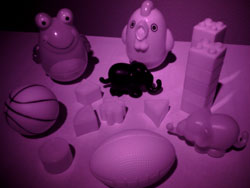 |
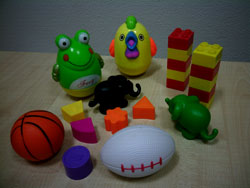 |
|
| Random objects captured with e-CAM51_USB_NIR camera |
Random objects captured with e-CAM51_USB |
|
These cameras come into place where the applications run in poor lighting conditions. Such applications include but not limited to Night vision, Surveillance, Industrial image processing applications, spectroscopy, Medical devices, food inspection etc. Also these cameras can be extremely useful in capturing objects such as Veins or wounds, that are not visible to human eye.
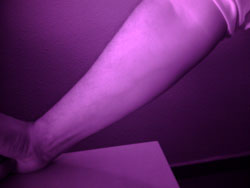 |
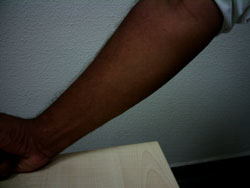 |
|
| Veins visible while Imaging the vasculature of the patient’s hand | No vein visible, Imaging in normal light | |
Based on these 7 key parameters, we have compared e-CAM51_USBNIRFS with See3CAM_12CUNIR.
|
||||||||||||||||||||||||||||||||||||||||||||||||||||||||||||||||





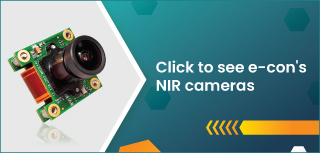
6 comments
Hi, I was exploring for a Near IR camera and found e-CAM51_USB, to be interesting.
I have few questions. Could you please answer:
1. Can the camera capture pupil movement with no IR leds attached? (full darkness)
2. Can the camera damage a user’s eye/sight if the camera is located few centimeters from the eye, for a long period of time? (at least few hours a day)
Hi Bryan,
Thanks for your comments.
1) No. you do require IR LEDs
2) We don’t think so but we don’t have the expertise in this to certify.
For more information visit https://www.e-consystems.com/5mp-usb-camera-module.asp
Thanks,
Manohar
I’m looking for cost effective Near IR camera. Could you please let me know how e-CAM51_USBNIR is different from See3CAM_12CUNIR?
Hi Prince,
Thanks for your comment. Really good question. 1. The important difference is that the e-CAM51_USBNIRFS is a USB2.0 UVC camera using OV5640 image sensor, which is not a highly-optimized image sensor for NIR applications. Where as See3CAM_12CUNIR uses AR0130CS from Aptina, 1/3 inch CMOS Monochrome sensor. The Spectral efficiency is optimized for good sensitivity in NIR range with about 30% quantum efficiency in 850nm range.
2. Sensor Resolution: e-CAM51_USBNIRFS is 5MP (2592×1944 pixel) color and supports YUV422 (equivalent to 8bits per pixel).
See3CAM_12CUNIR is 1.3MP (1280×960 pixels) monochrome. The supported format is 12bits per pixel.
For more information visit the FAQ page: https://www.e-consystems.com/1MP-USB3-NIR-CAMERA-FAQ.asp#1.3 Hope this helps!
Do I need bandpass filter to block colors and get
NIT(around 850nm) only?
Yes, We have that lens option available in See3CAM_12CUNIR.